This juvenile correctional facility, occupying the lands of Cabarrus County, North Carolina, near Concord was opened for the first time in 1909 and was the first of its kind to operate upon this lands.
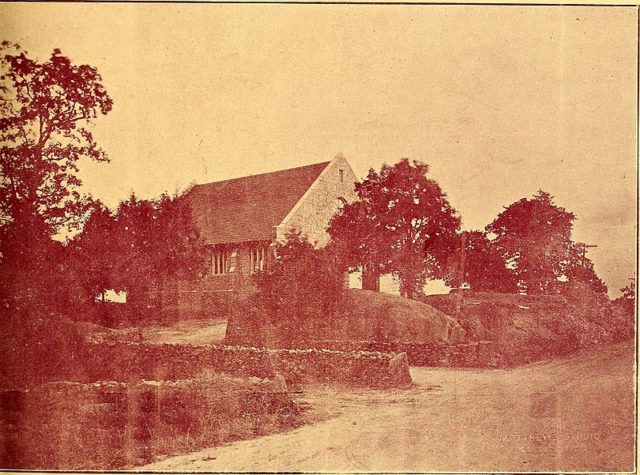
This correctional facility was first and foremost a school named after the Confederate General Stonewall Jackson and as its first principal the board selected Walter Thompson making him responsible for the campus that stretched across 360,000 square meters of land.
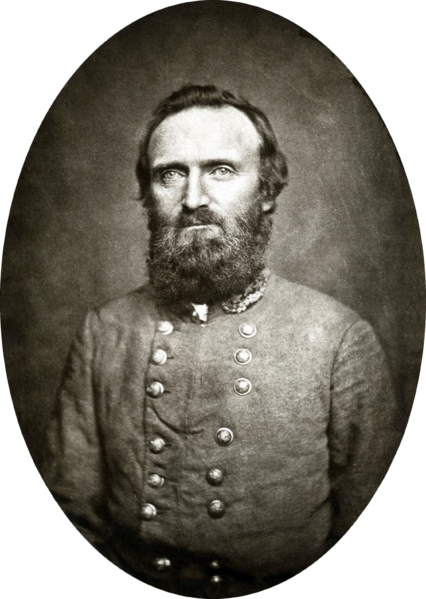
All of the building were constructed between 1909 and 1930 in a brick style designed by Louis H. Asbury
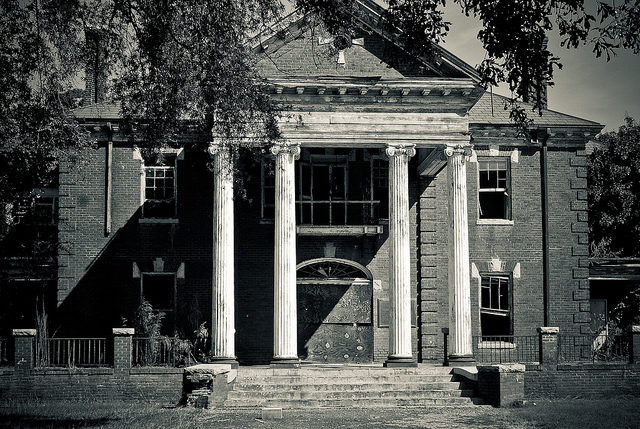
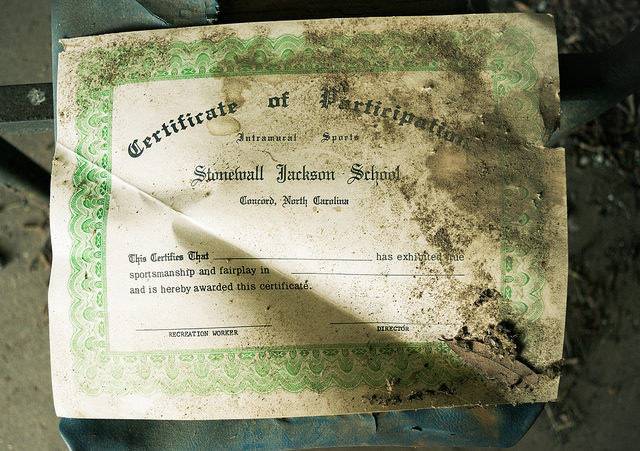
With an idea to provide a safe place for the troubled youth and to separate them from the adult inmates, the white women’s groups from North Carolina were carrying this thought with them for more than 20 years. They lobbied for construction of a place for reforming the white boys as part of a prison reform.
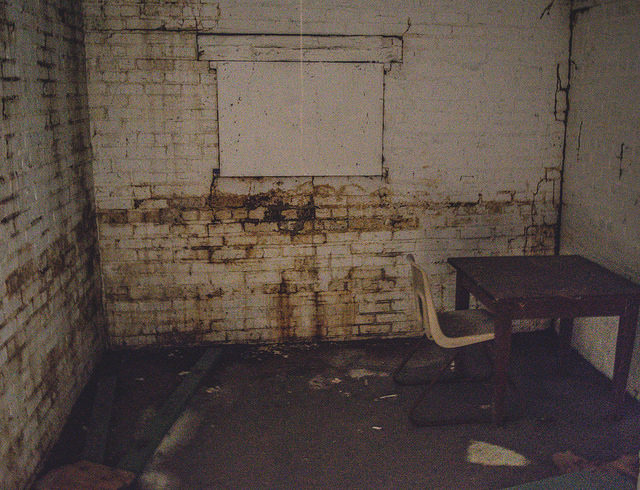
The reasons for why one might get stuck in this Stonewall Jackson Youth Development Center are minor such as school truancy. Once inside the boys were participating in all sorts of different activities just to keep them busy and keep their mind of troubled thoughts.

The boys received an academic education plus they worked in varying industries such as barbering, textiles, shoemaking, printing, and a machine shop. Some of the boys even worked on the farms that were owned by the school maintaining the fields and cattle herds.
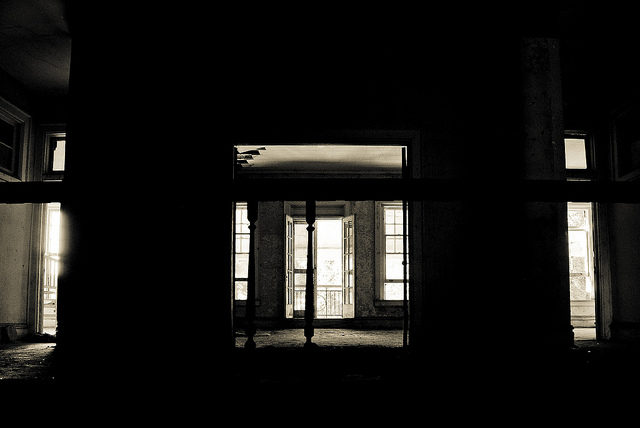
But not everything was as noble as this school was depicted to be. It was the Eugenics Board that used this school as a site of sterilization by vasectomy of six teenage white males with an excuse that this was an effort to.
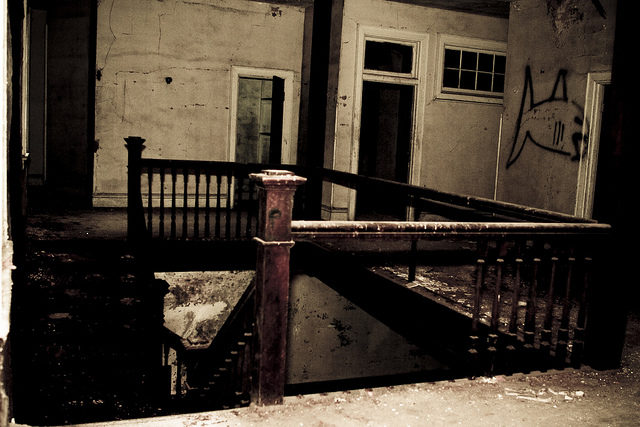
The sterilization was performed mainly on girls and women and even to this day North Carolina continues to used sterilization for the people under state care.
During the years in which this school operated there were numerous critics about the way this facility was going about its daily activities. Overcrowding and prisons violence such as rape were not excluded. The school at one time held more than 500 young inmates.
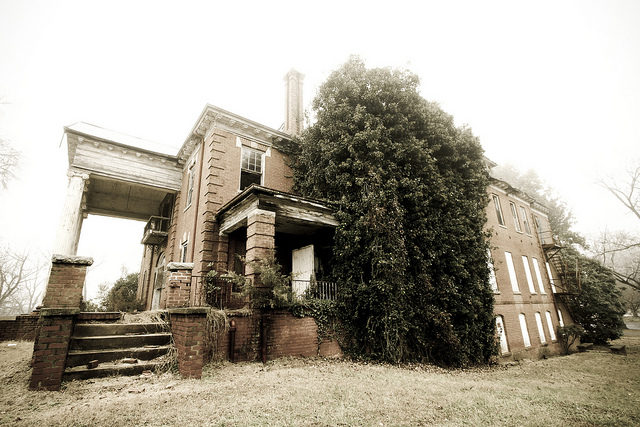
It was Smith Russell that suffered an attack by raping between the ages of 13 and 15 that made him to become an activist and to form the People Organized to Stop Rape of Imprisoned Persons (POSRIP) and National Gay Prisoner Coalition (NGPC).
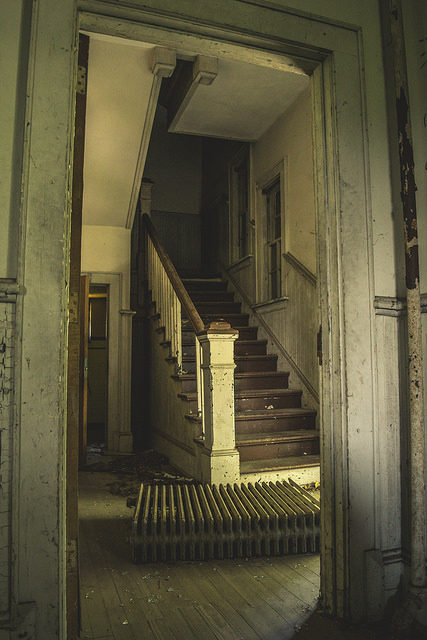
Some of the buildings on this campus are used even to this day while the rest are abandoned and suffer the effect time has upon abandoned buildings.
